The global food packaging market is witnessing a dramatic shift as sustainability takes center stage. With growing consumer awareness of environmental impact and stringent government regulations pushing for greener alternatives, industries are making bold moves toward eco-friendly packaging. The rise of recyclable and biodegradable materials is playing a key role in this transformation, paving the way for a more sustainable future. However, the market faces a number of challenges, such as high costs of development, limited recycling infrastructure, and maintaining the durability of recycled materials.
Eco-Friendly Packaging on the Rise: A Response to Consumer and Regulatory Demand
Environmental concerns are driving unprecedented changes in the food packaging market. Consumers are becoming increasingly aware of the impact of packaging waste on the planet, and their demand for sustainable options has never been higher. Governments worldwide are also introducing more stringent regulations to curb plastic waste and promote eco-friendly packaging solutions. Industries are responding by investing heavily in advanced recycling technologies and biodegradable materials. Despite the challenges of high development costs and complex recycling processes for multilayered packaging, the market is on an upward trajectory.
Smart Packaging: The Future of Intelligent, Eco-Conscious Solutions
The future of food packaging is not only sustainable but also smart. Imagine packaging that communicates with your refrigerator, displaying details about the contents and offering recipe suggestions based on your preferences. As demand for innovative packaging solutions grows, food producers are shifting towards eco-friendly options that not only benefit the environment but also enhance consumer convenience. Plant-based materials are gaining traction as companies worldwide recognize the need for greener alternatives.
Rigid Plastic Packaging: A Reliable Solution for Food Safety
Rigid plastic packaging continues to dominate the food packaging market due to its durability and reliability. Offering robust protection during storage and transportation, rigid plastic packaging ensures food remains safe from environmental factors and physical damage. From jars and bottles to trays and cans, rigid plastic containers are favored for products requiring extended shelf-life, such as dairy, beverages, and processed foods. As consumer demand for longer-lasting, well-protected food items grows, the rigid plastic segment is set to see continued expansion.
Flexible Plastic Packaging: Lightweight and Sustainable for the Modern Consumer
The flexible plastic packaging segment is experiencing rapid growth, driven by its lightweight, versatile nature. Comprised of bags, pouches, wraps, and films, flexible packaging is favored for its cost-effectiveness and convenience. With advancements in materials and technologies, flexible packaging now offers enhanced barrier properties and improved recyclability, making it a popular choice among both manufacturers and eco-conscious consumers. As a result, the flexible packaging segment leads the market in revenue, and its growth is expected to continue at a fast pace.
Fruits and Vegetables: Leading the Charge with Shelf-Life-Enhancing Packaging
In the world of food packaging, the fruits and vegetables segment holds the largest market share. Consumers are increasingly aware of the benefits of a balanced, plant-based diet, which has heightened demand for innovative packaging solutions that extend the freshness of produce. Packaging that preserves the quality and integrity of fresh fruits and vegetables is crucial, and this growing demand is driving advancements in the segment. From breathable films to temperature-controlled packaging, the future of produce packaging looks promising.
Convenience Foods: Fast-Paced Growth in Packaging for Modern Lifestyles
As consumer lifestyles evolve, so do their dining habits. The convenience food sector is the fastest-growing segment in the food packaging market, driven by the increasing preference for ready-made meals that save time without sacrificing taste or quality. Innovative packaging solutions, such as microwaveable containers and re-sealable pouches, are perfectly suited to the convenience food sector. As manufacturers continue to improve packaging for these products, the demand for convenience-oriented solutions is expected to surge.
Sustainable Packaging Trends: A Competitive Edge for Forward-Thinking Enterprises
Sustainability is no longer a trend—it’s a necessity. In recent years, the food packaging industry has seen significant advancements in eco-friendly technologies. From smart packaging that monitors food freshness to temperature and time indicators, the adoption of sustainable practices is reshaping the industry. Automation and robotics in packaging are further streamlining production processes, enhancing product quality, and reducing costs. As sustainability continues to dominate the agenda, companies that adopt innovative and eco-friendly packaging solutions will gain a strong competitive edge in the market.
The Road Ahead: Balancing Innovation with Sustainability
The future of the food packaging market is bright, with innovation and sustainability working hand in hand. According to SkyQuest, the global Food Packaging Market size was valued at USD 361.4 Billion in 2022 and is expected to grow from USD 382 Billion in 2023 to reach USD 595.2 Billion by 2031, at a CAGR of 5.7% during the forecast period (2024-2031). The drive for environmentally conscious packaging is accelerating, and industries are responding with cutting-edge solutions that cater to modern consumer demands. From smart, plant-based materials to intelligent packaging technologies, the food packaging industry is poised for significant growth. However, manufacturers must stay informed about the latest trends and challenges to maintain a competitive advantage in this ever-evolving landscape.


